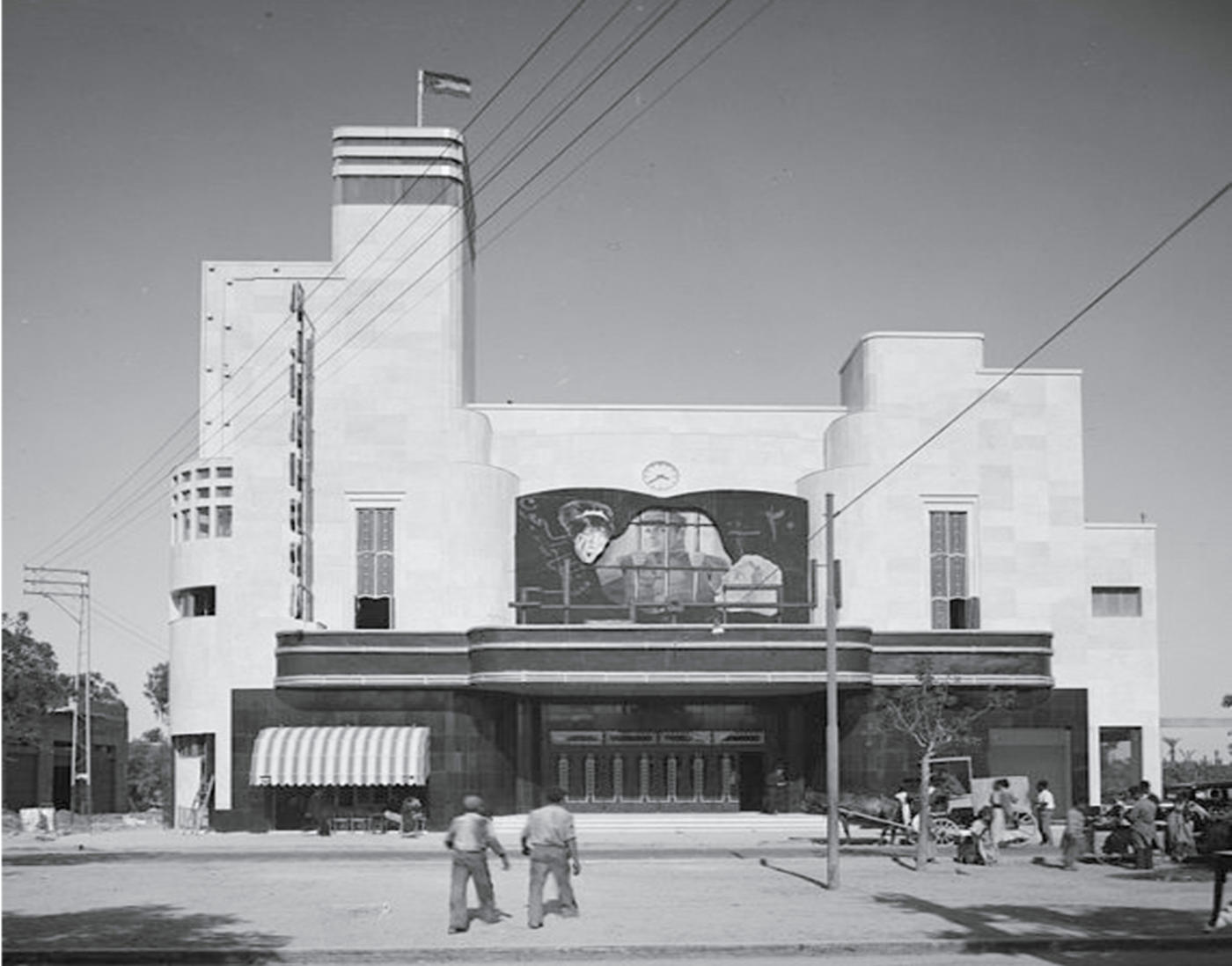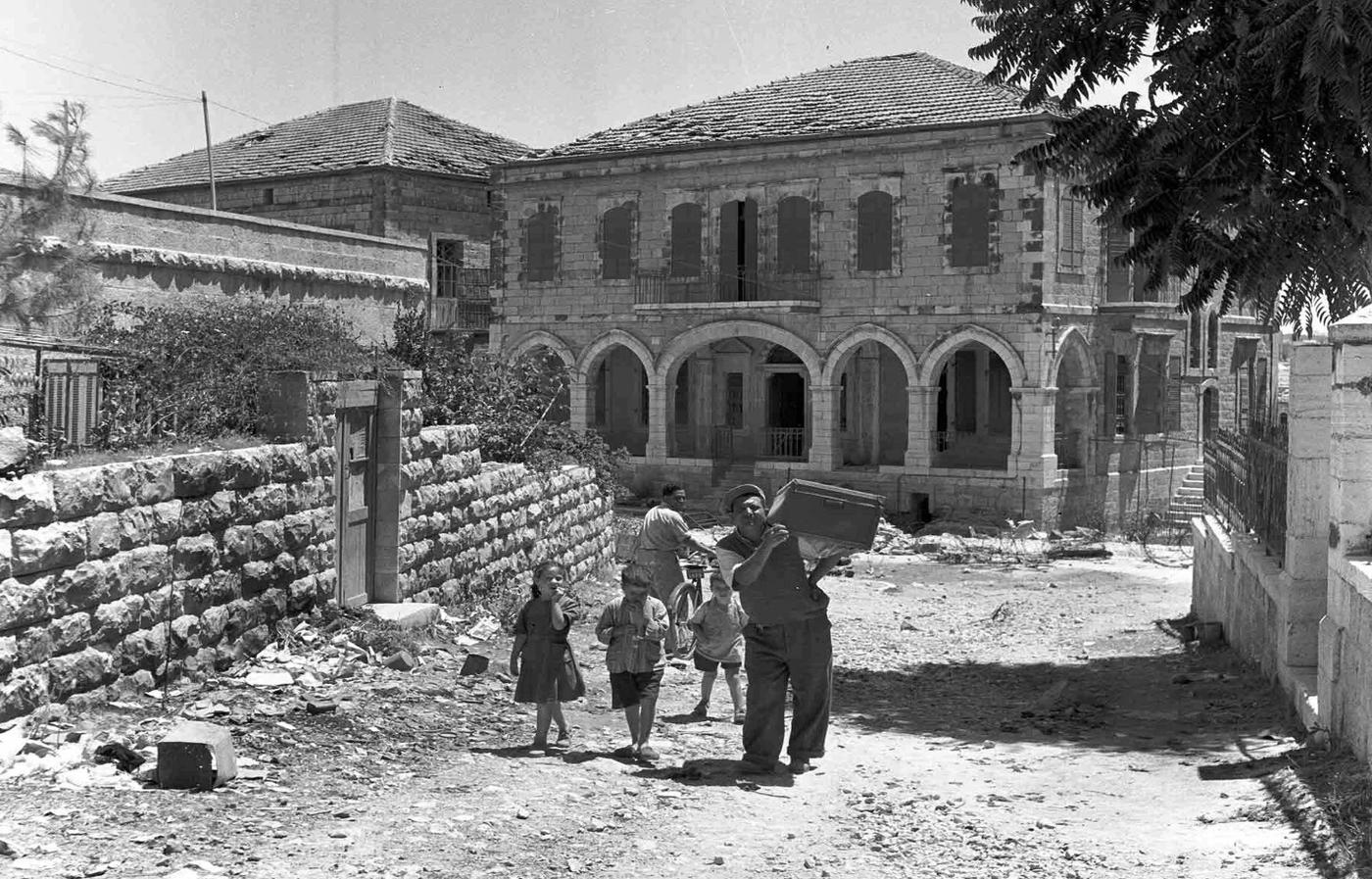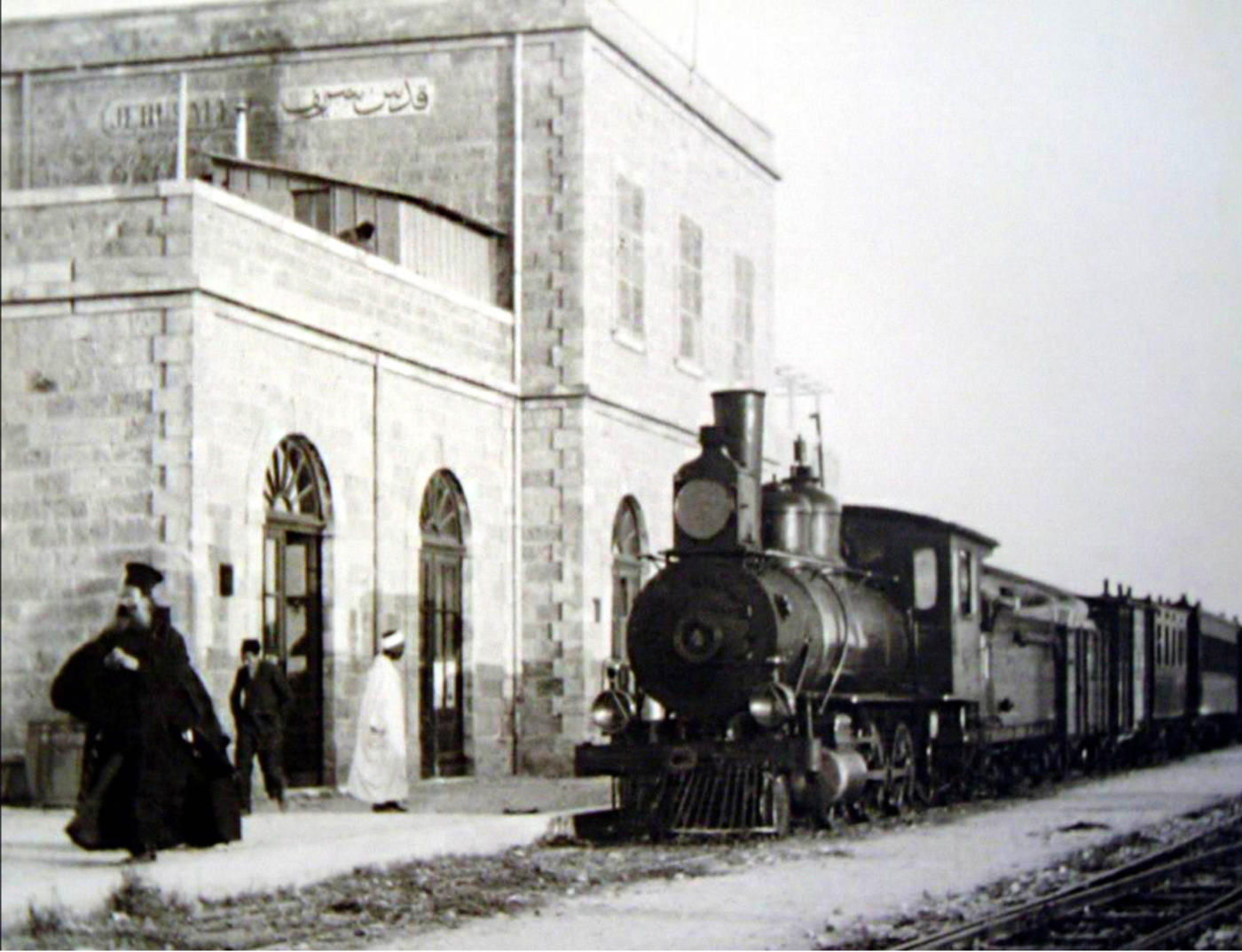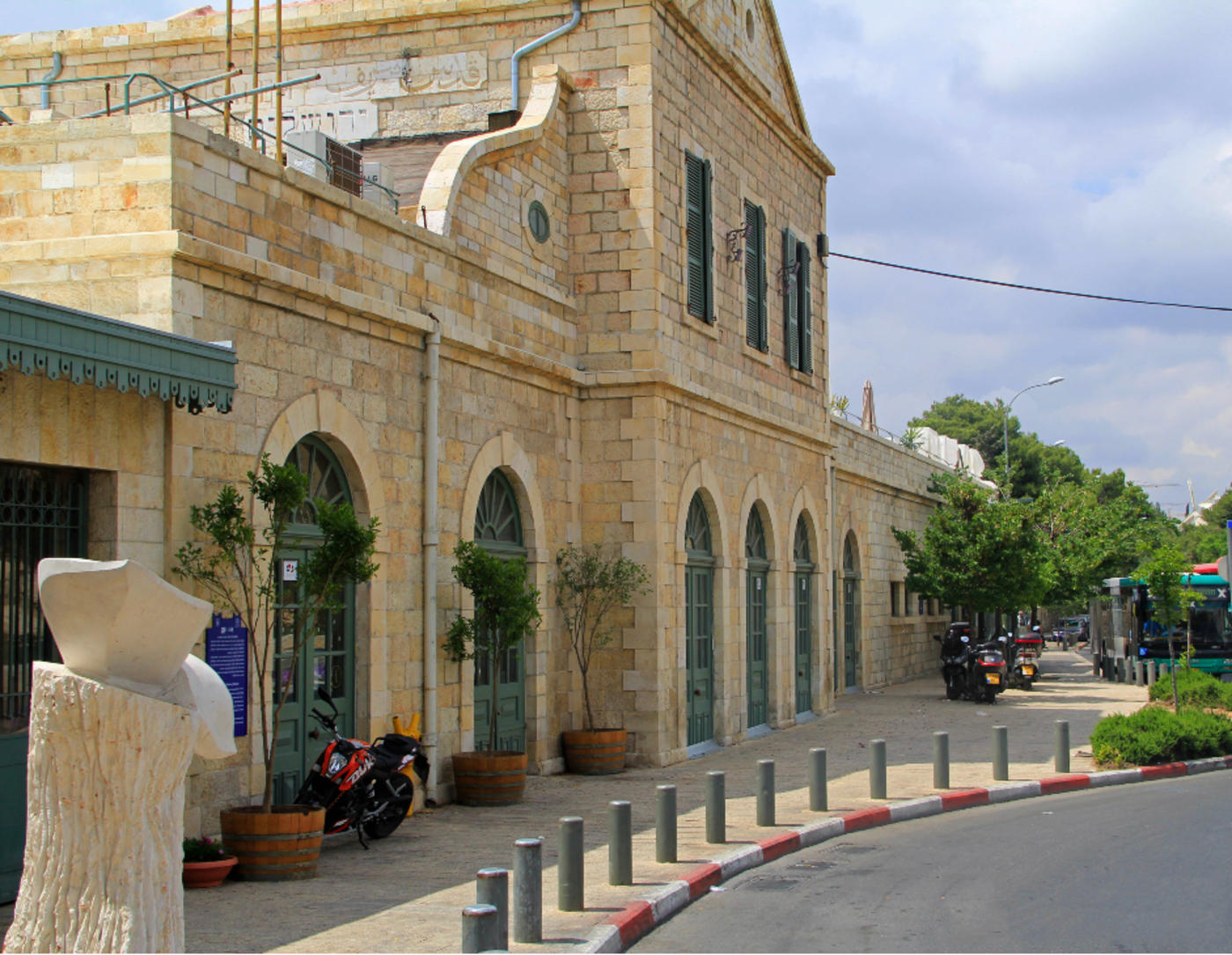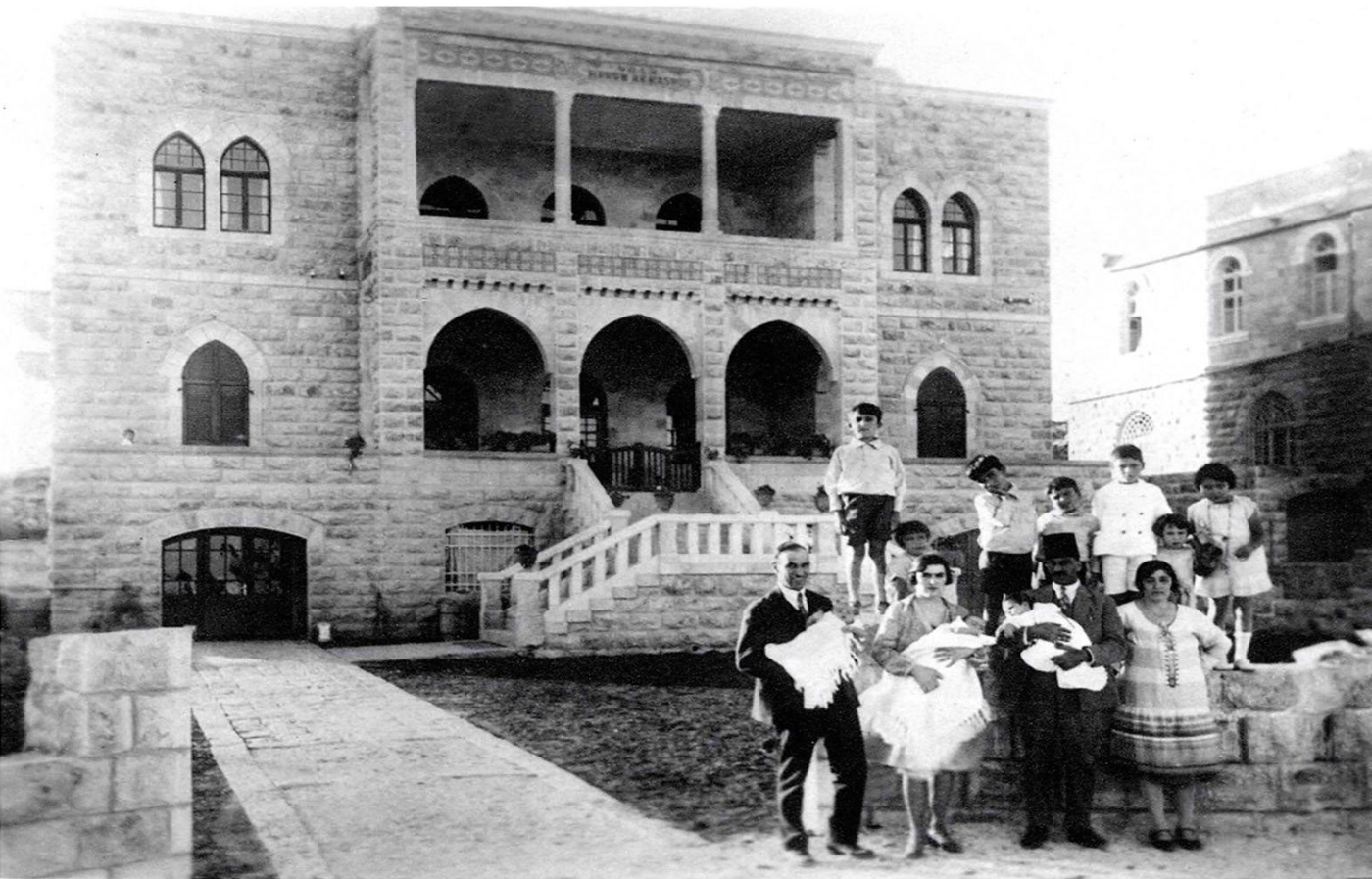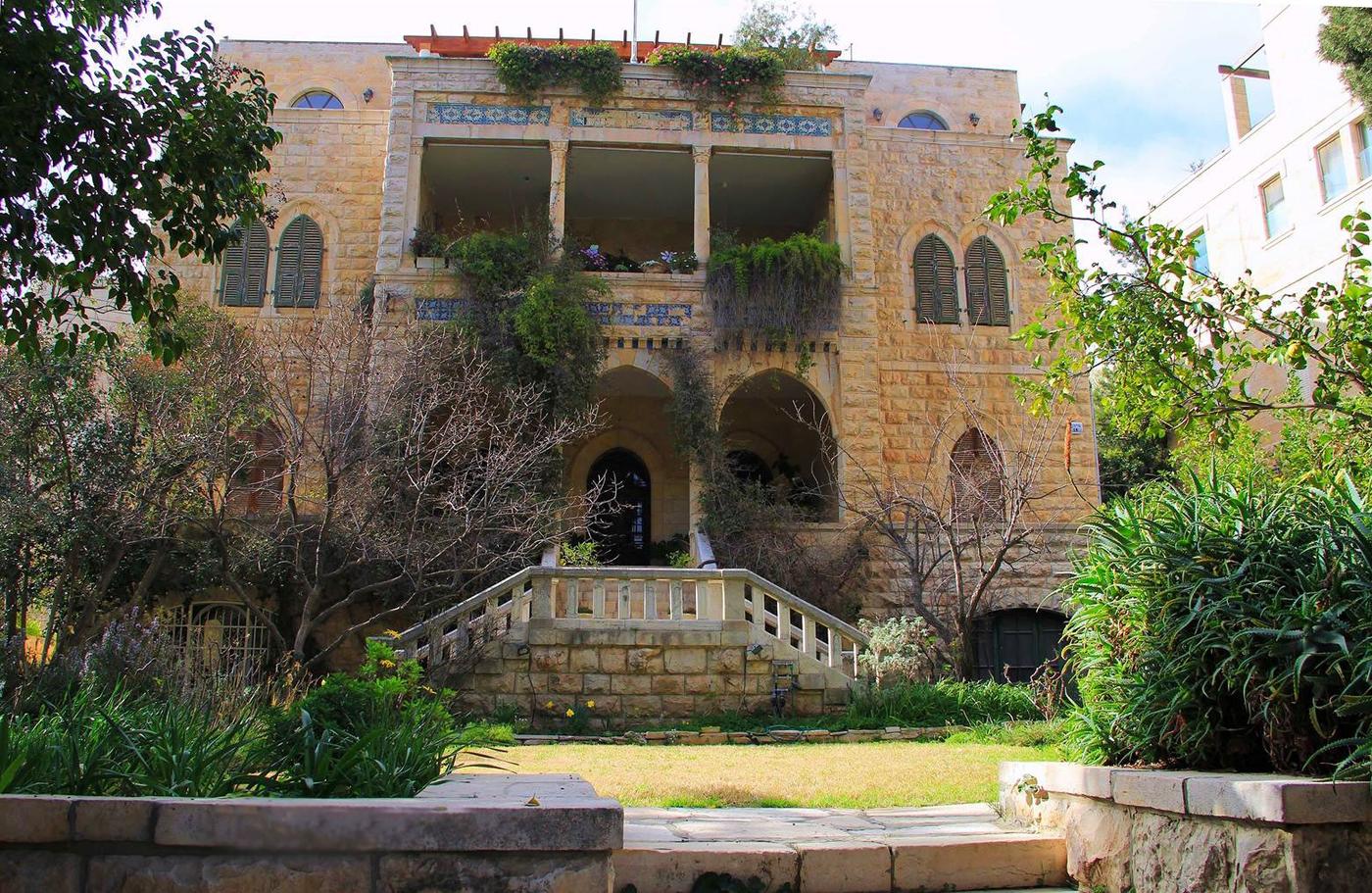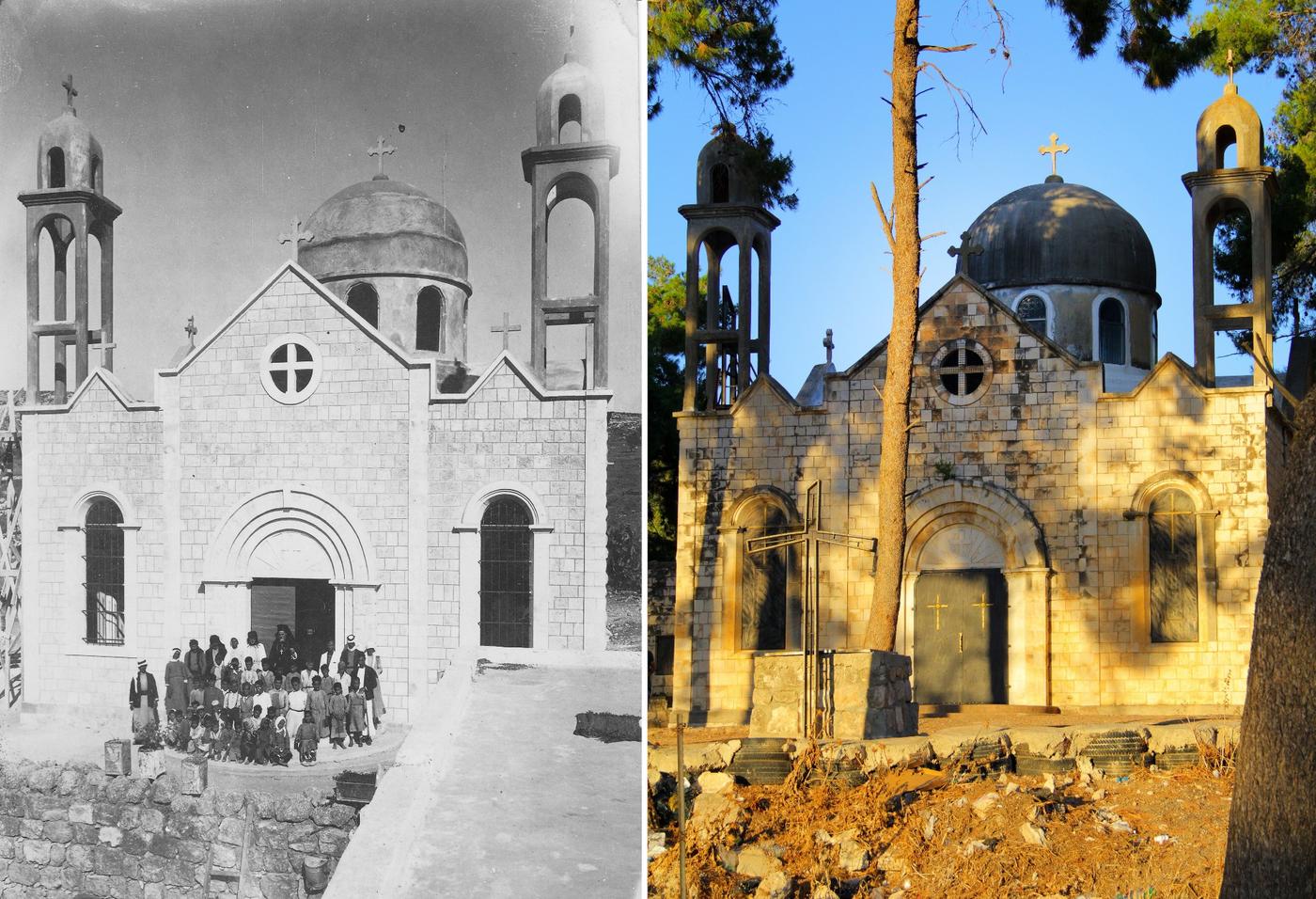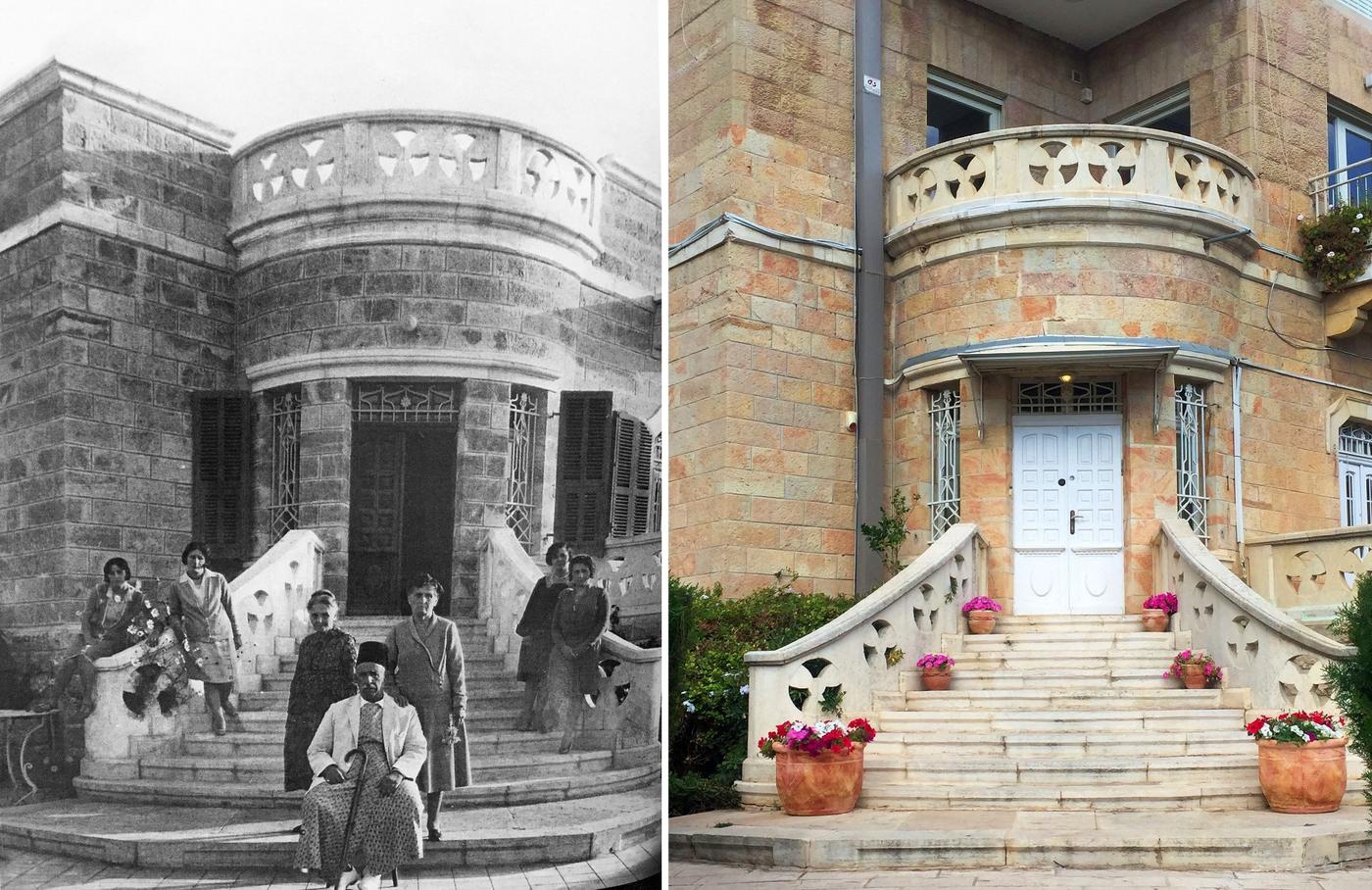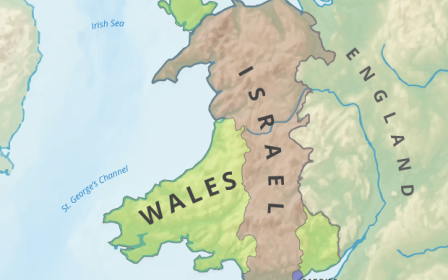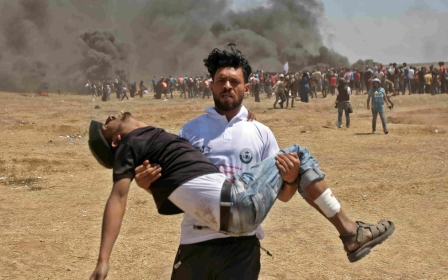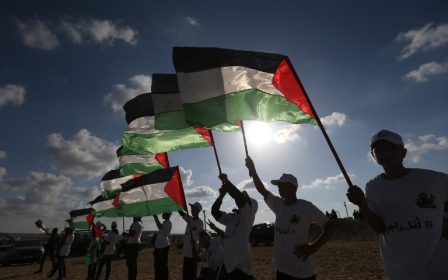Before the Nakba: Images show Palestine then and now
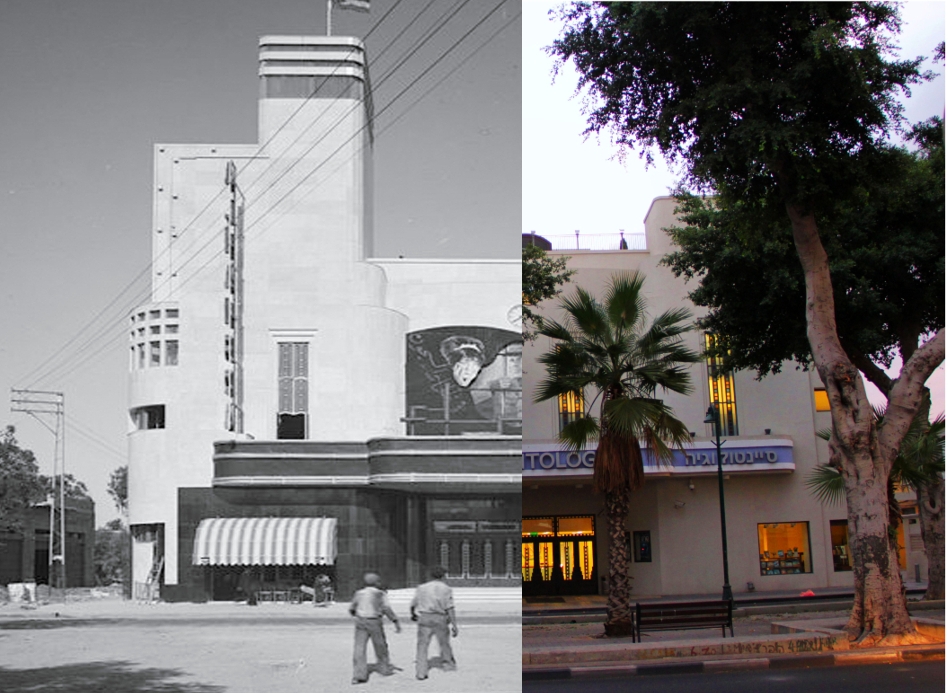
The Balfour Declaration of 1917, which backed the Zionist campaign for a Jewish homeland in Palestine, changed the history of the Middle East.
But those 67 words also had fateful consequences for the environment in which Palestinians lived. Palestinian houses and cinemas, shops and mosques, train stations and markets were all lost in 1948, when thousands were driven from their homes amid the violence of the Nakba, the Arabic word for “catastrophe”.
New MEE newsletter: Jerusalem Dispatch
Sign up to get the latest insights and analysis on Israel-Palestine, alongside Turkey Unpacked and other MEE newsletters
Researcher and archivist Tarek Bakri, based in Jerusalem, was moved by the nostalgia and emotion still held by many displaced Palestinians for their former streets and neighbourhoods.
Now he has tried to shed light on how Palestine looked before the Nakba. “They live in the refugee camps in Jordan and Lebanon,” he told MEE. “They contact me via social media and send me pictures of their homes. I go out to find them and take pictures of how they ended up.”
Bakri says that these pictures from family archives shows Palestine as a hub for Arab culture. “It was not a desert as the first Zionist settlers believed” he said.
But some Israelis in Jerusalem, who now live in houses which were previously occupied by Palestinians, object to Bakri’s work.
“I got strange reactions from them,” he said. “Once I showed a man a picture of the Palestinian family who lived there and said to him that they are the original owners. He replied that they are the chosen people and that God gave him the house.” Slide the images below for examples of Bakri's work.
The cinema
The al-Hambra cinema, pictured here in 1937, was one of several Palestinian cinemas on Jamal Pasha Street in Jaffa. It is now used by the Church of Scientology.
The neighbourhood
Israelis looting houses in the Palestinian neighbourhood of Musrara in Jerusalem. Musrara is one of the oldest neighbourhood built outside Jerusalem's Old City walls in the 1860s.
The village
Israelis looting Palestinian houses in Ein Karem village on the western hills of Jerusalem in 1948 war. Ein Karem was captured by the Israeli militias in July 1948, and its Palestinian 3,200 residents were expelled.
The train station
The Jaffa to Jerusalem railway was built in 1892 during the Ottoman Empire. It was named the Tel Aviv Jerusalem railway after the Nakba of 1948.
The family palace
Hanna Bisharat built his villa in the Talbiya neighbourhood of Jerusalem in 1926. This picture of him and his family was taken in 1929. It was known as Harun al-Rashid’s palace, in reference to the famous Abbasid caliphate who ruled a rich and powerful empire. Golda Meir, the Israeli prime minister, later lived in Bisharat’s house after his family left. She told media in June 1969: “There were no such thing as Palestinians.”
The church
The church in the Christian village of Ma’alul is six kilometres west of Nazareth. This photograph was taken in the 1930s: the village was forcibly depopulated in 1948 by Jewish forces, and the church abandoned.
The family home
Palestinian Shukri al-Jamal and his wife, sisters and daughters gather in front of their home in the Talbiya neighbourhood of Jerusalem in the late 1920s. Today, Israelis live in the same property.
The consulate
A security guard stands outside the gate of the Egyptian consulate in Jerusalem in 1947. The building is currently home to the Greek consulate.
This article is available in French on Middle East Eye French edition.
Middle East Eye delivers independent and unrivalled coverage and analysis of the Middle East, North Africa and beyond. To learn more about republishing this content and the associated fees, please fill out this form. More about MEE can be found here.



